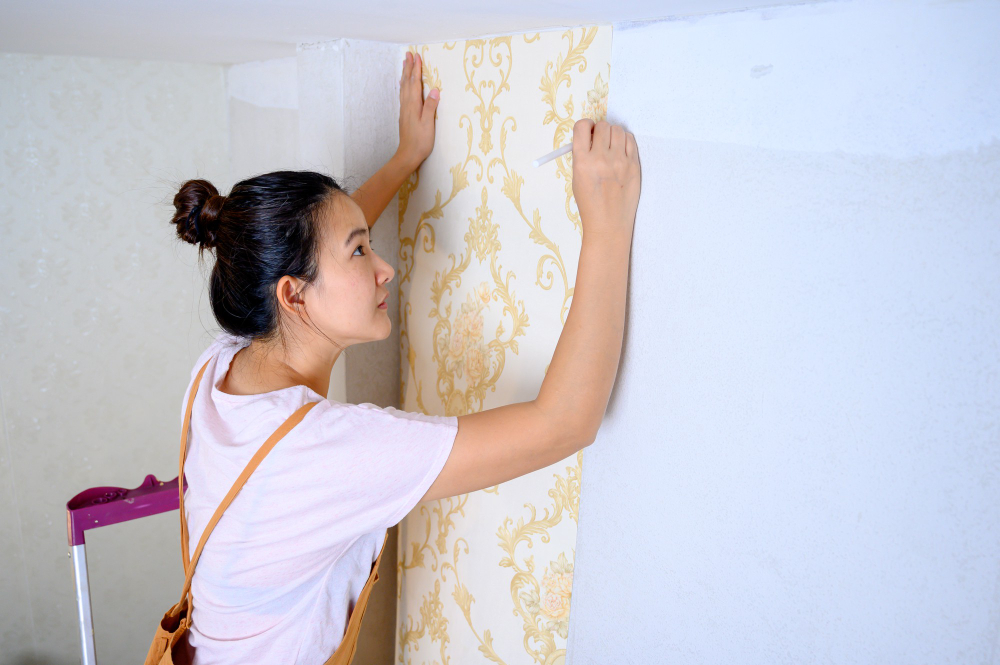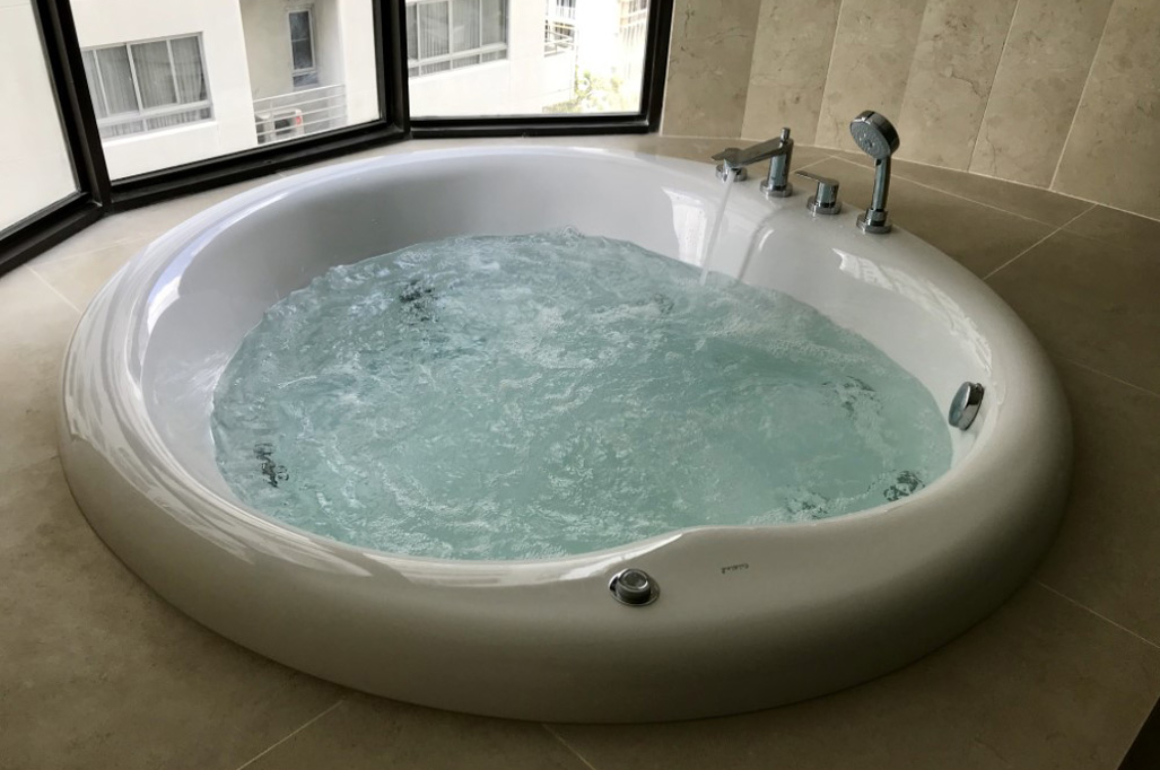Tile installation is a critical aspect of both residential and commercial development and renovation tasks, offering a sturdy, aesthetic, and low-maintenance floor solution. Tiles serve not just an ornamental function but also provide practical benefits such as moisture resistance, increased flooring longevity, and simple upkeep—addressing many frequent home-owner ache points related to staining, put on, and upkeep. Properly executed tile set up can considerably elevate property value, improve spatial beauty, and optimize the general living expertise by integrating form and performance inside constructing requirements and design ideas.
Understanding the Foundations of Tile Installation
Before delving into the technicalities of tile set up, it’s important to understand the underlying rules that dictate successful outcomes. A well-constructed tile assembly depends on substrate preparation, tile selection, and adherence to related building codes.

Importance of Substrate Preparation
The substrate, or the floor upon which tiles are installed, should be structurally sound, clean, flat, and dry. Inadequate substrate preparation is one of the most typical causes of tile failure—leading to cracking, loose tiles, or water infiltration. Following requirements outlined within the TCNA (Tile Council of North America) Handbook, substrates such as concrete slabs, cement backer boards, or plywood should be evaluated for moisture content material and structural integrity previous to set up.
Proper leveling of the substrate ensures an even floor that eliminates tile lippage (uneven tile edges), decreasing reforma cozinha slip hazards and enhancing visual continuity. For moisture-prone areas, adding a water-resistant membrane beneath the tile assembly prevents water penetration that can cause mildew progress and structural harm.
Selecting the Right Tile Type for Your Project
Tiles come in quite lots of materials together with ceramic, porcelain, pure stone, glass, and quarry tiles, every with distinct properties influencing performance and aesthetics. Choosing the proper tile type maximizes sturdiness and efficiency based mostly on the setting:
- Ceramic and Porcelain: Popular for his or her low absorption charges, appropriate for wet areas like bathrooms and kitchens. Natural Stone: Provides distinctive visible attraction but requires sealing and maintenance to keep away from staining. Glass Tiles: Used for ornamental parts and backsplashes; require careful substrate preparation because of fragility.
Understanding tile rankings such because the PEI (Porcelain Enamel Institute) scale for wear resistance informs applicable choice, guaranteeing tile longevity and maintaining guarantee compliance.
Relevance of Building Codes and Industry Standards
Most jurisdictions mandate compliance with constructing codes that handle ground leveling tolerances, waterproofing requirements, and hearth security when installing tiles. The International Residential Code (IRC) and native amendments specify minimum installation requirements, particularly for wet areas and commercial kitchens. Furthermore, trade standards similar to these from ANSI (American National Standards Institute) information installation materials empresa reforma bh and methods, safeguarding towards premature failures and legal responsibility points.
Detailed Step-by-Step Tile Installation Process
Transitioning from theory to apply, the actual tile installation course of calls for methodical precision and experience to remodel materials into long-lasting surfaces. Each step hinges on the earlier; overlooking particulars can trigger expensive repairs down the line.
Surface Inspection and Preparation
After making certain the substrate is suitable, the floor should be cleaned thoroughly to remove grease, dust, or adhesives. If defects or unevenness are present, installers use leveling compounds or patching mortars to create a flawless base. Moisture testing—using strategies corresponding to calcium chloride or electrical resistance meters—determines readiness and dangers.
Layout Planning and Tile Alignment
Layout planning optimizes aesthetics and reduces tile waste. This section includes determining tile orientation, sample, and grout joint widths. Most professionals utilize a grid format ranging from the room's center, balancing reduce tiles on opposing sides for visual symmetry. Precision here reduces the risk of misalignments inflicting distracting irregularities within the finished floor.

Selecting Appropriate Adhesives and Setting Materials
Adhesives or mortars bond tiles to the substrate, and their choice varies by tile type, substrate, and surroundings. Cement-based thinsets are commonplace for ceramic and porcelain, whereas epoxy adhesives swimsuit difficult circumstances like commercial kitchens or swimming swimming pools. Using a notched trowel ensures constant adhesive thickness and energy, stopping tile movement or hollow spots.

Tile Setting and Spacing Techniques
Consistent grout joint spacing, maintained by tile spacers, is critical for structural integrity and look. Tiles must be pressed firmly into the mortar bed with out sliding, which might disturb adhesive distribution. Special attention is important when working with large-format tiles, which are inclined to shift more easily and are prone to flexural stresses.
Grouting and Sealing
Once adhesives remedy – sometimes 24 to forty eight hours depending on situations – grout is applied to fill joints. The alternative between epoxy grout, cementitious grout, or urethane grout is dependent upon utility scope, stain resistance, and flexibility wants. Proper grout set up prevents water intrusion and contributes to the surface’s completed look.
Sealing is another very important step, particularly with porous tiles or grout, to protect in opposition to stains, moisture, and microbial progress. High-quality sealants prolong longevity and scale back maintenance frequency, translating to cost financial savings and enhanced dwelling high quality.
Addressing Common Challenges and Longevity Concerns in Tile Installation
Even when following cautious installation procedures, some challenges might arise that impression efficiency and satisfaction. Understanding these issues permits proactive prevention and efficient remediation.
Cracking and Lippage
Cracking generally outcomes from substrate motion, improper adhesive utility, or thermal expansion. Large-format tiles are notably susceptible. Specifying motion joints and deciding on versatile mortars aligned to substrate supplies scale back this risk.
Lippage disrupts surface continuity and might create tripping hazards. This typically stems from uneven substrate or inconsistent tile thickness. Precision in substrate flattening and tile sorting is crucial to mitigate this issue.
Moisture-Related Failures
Moisture infiltration beneath tiles may cause adhesive breakdown, mildew, and damage to underlying buildings. Installing waterproof membranes, following manufacturer guidelines for wet areas, and ensuring proper drainage solves most moisture problems. Homeowners in humid climates particularly benefit from professional waterproofing options to keep away from pricey repairs.
Maintenance and Cleaning Considerations
While tile surfaces are generally easy to take care of, improper cleaning brokers or neglect can degrade grout and sealants. Acidic cleaners injury pure stones and a few grout sorts, leading to discoloration and floor erosion. Educating householders on best cleansing practices safeguards their investment and maintains visual attraction.
Enhancing Property Value and Design Flexibility Through Tile Installation
Beyond technical advantages, tile set up is a strategic transfer for homeowners and builders aiming to maximise asset worth and spatial adaptability.
Impact on Property Marketability and Resale Value
Durable, high-quality tile surfaces signify long-term maintenance and enchantment to potential consumers, typically influencing transaction costs positively. Areas like kitchens, bathrooms, and entryways profit most from well-installed tiles, reflecting a commitment to high quality construction that reduces perceived future upkeep.
Design Versatility and Customization Options
Tiles supply an unprecedented range of design prospects, from conventional to modern aesthetics. Varied sizes, patterns (herringbone, basket weave), textures, and colors provide homeowners the freedom to personalize spaces. This level of customization facilitates integration with totally different architectural styles and enhances the visual language of interiors.
Cost Efficiency and Long-Term Savings
Although tile set up may be more expensive upfront compared to alternate options like vinyl or laminate, its sturdiness and low upkeep translate into superior lifecycle cost-effectiveness. Properly put in tiles resist staining, wear, and environmental damage, cutting the frequency and expense of repairs or replacements.
Summary and Practical Next Steps for Successful Tile Installation
The strategy of tile set up melds art with science, demanding an in-depth understanding of substrates, materials, codes, and installation strategies. Proper substrate preparation, meticulous structure planning, adhesive selection, and post-installation care kind the cornerstone of sturdy and attractive tiled surfaces that enhance property worth and enhance dwelling high quality.
For these contemplating a tile installation project, start with a radical evaluation of the present substrate and environmental conditions. Selecting the suitable tile sort and setting materials based on application and durability requirements is crucial. Engage certified professionals who adhere strictly to constructing codes and industry requirements to make sure longevity and scale back unexpected prices.
Regular maintenance—especially in high-moisture areas—and well timed sealing of porous tiles and grout will preserve the surface’s integrity and appearance. By approaching tile installation with informed decision-making and technical precision, owners and builders alike can realize the complete spectrum of benefits: enhanced aesthetics, superior durability, and a major return on funding over time.